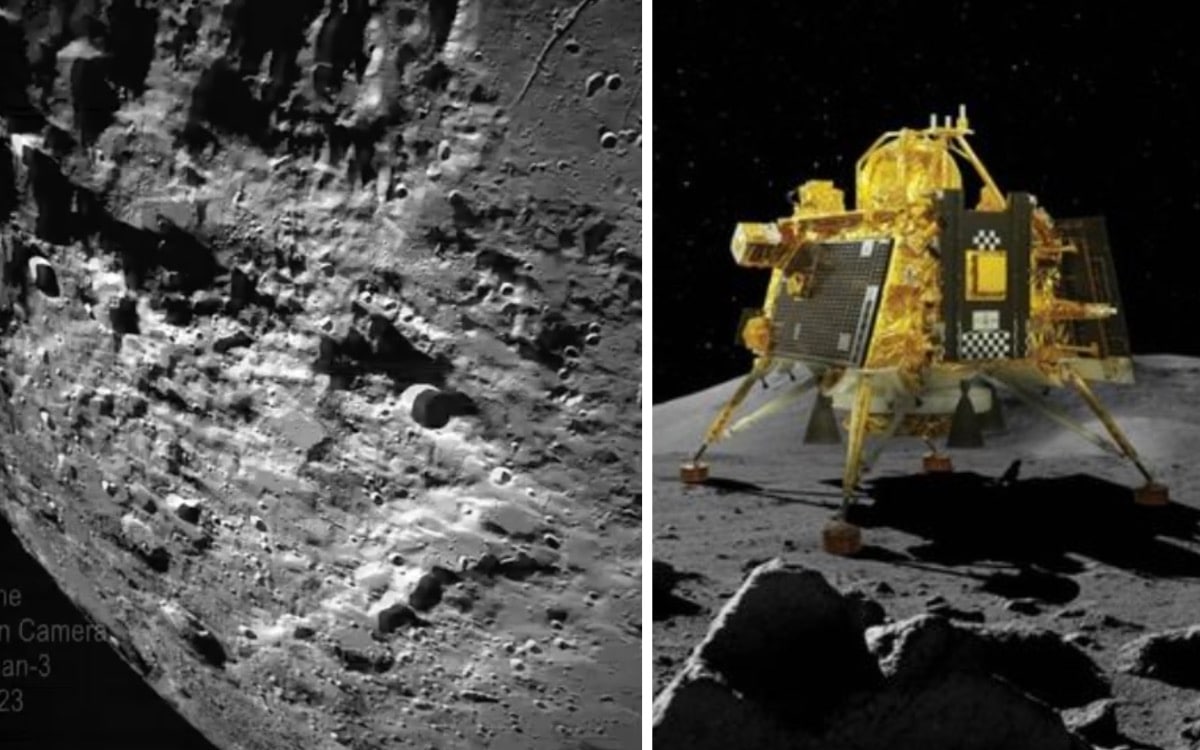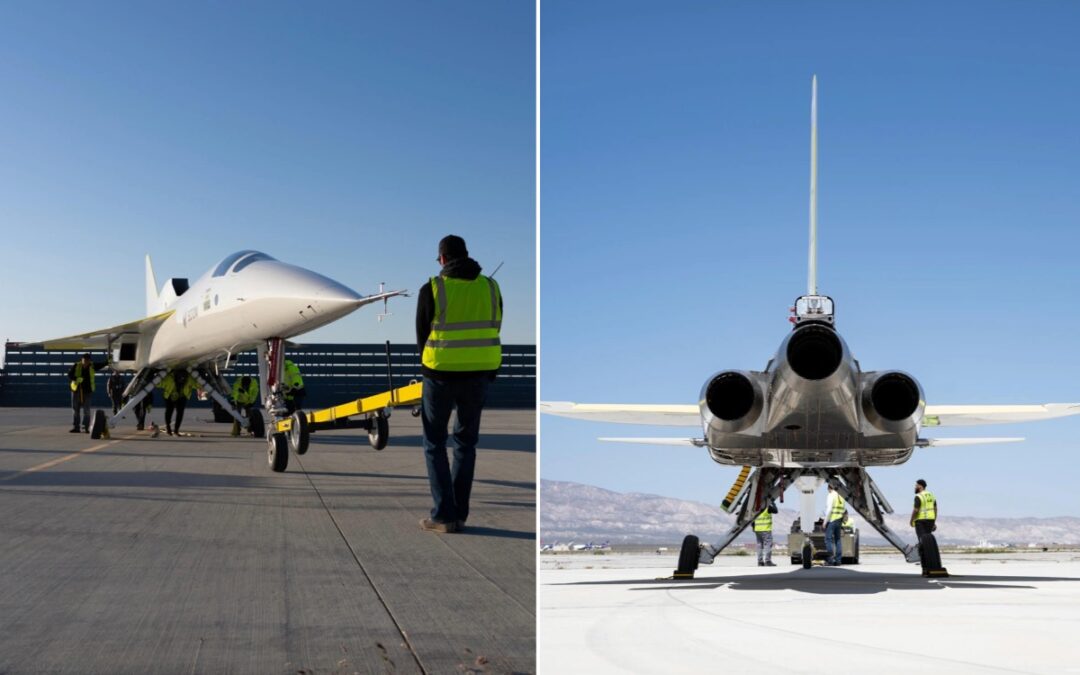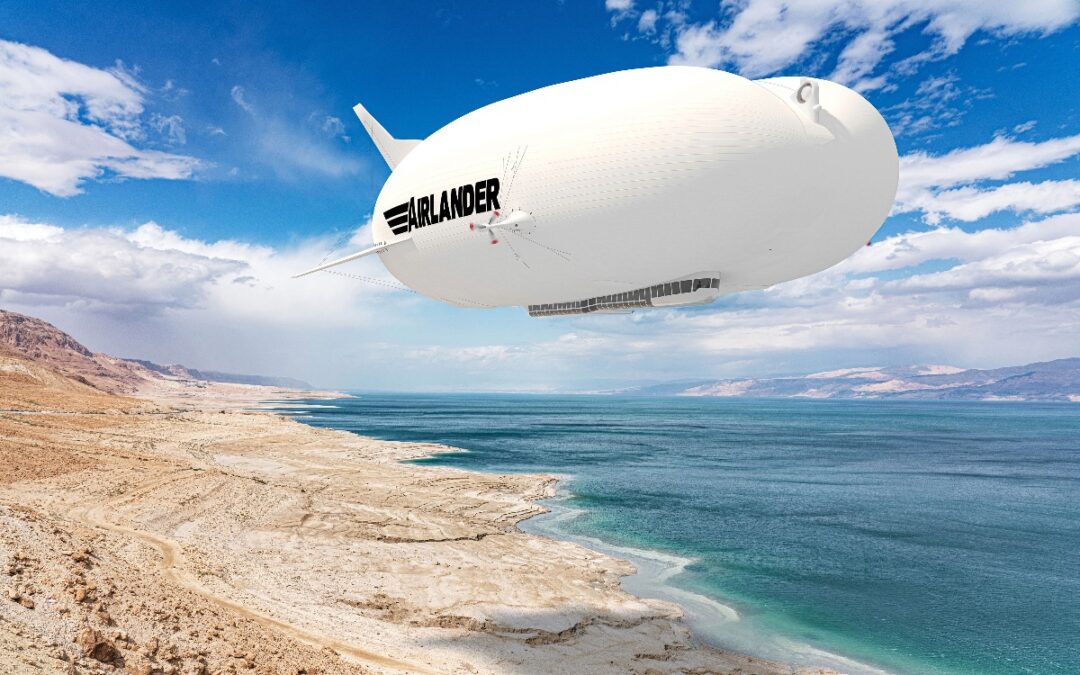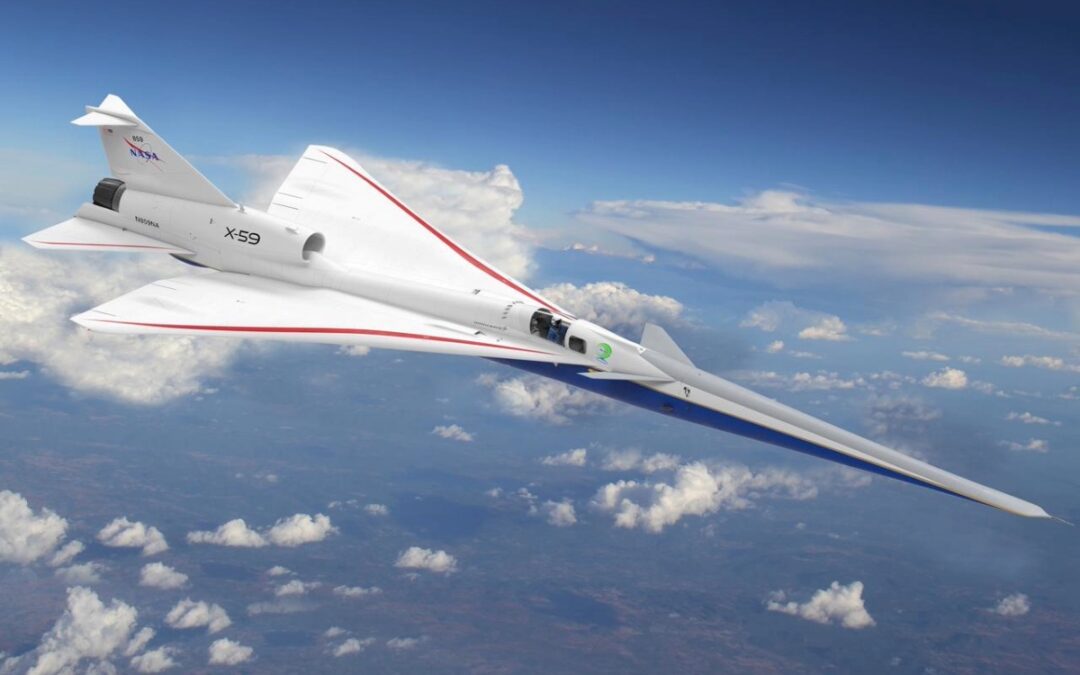India’s Moon landing keeps changing what we know about Earth’s only natural satellite.
India’s lunar rover is exploring the surface of the South Pole of the Moon as we speak, and it’s already come across a four-meter-wide crater.
And now India’s space agency has confirmed that it’s made another incredible discovery.
READ MORE! India’s lunar rover comes across an unexpected obstacle on the South Pole of Moon
According to the Indian Space Research Organisation (ISRO) website, the lunar rover has been able to confirm the presence of sulphur.
Not only that, but several other elements have been detected near the lunar south pole.
The rover’s laser-induced spectroscope instrument also detected aluminum, iron, calcium, chromium, titanium, manganese, oxygen and silicon on the lunar surface.
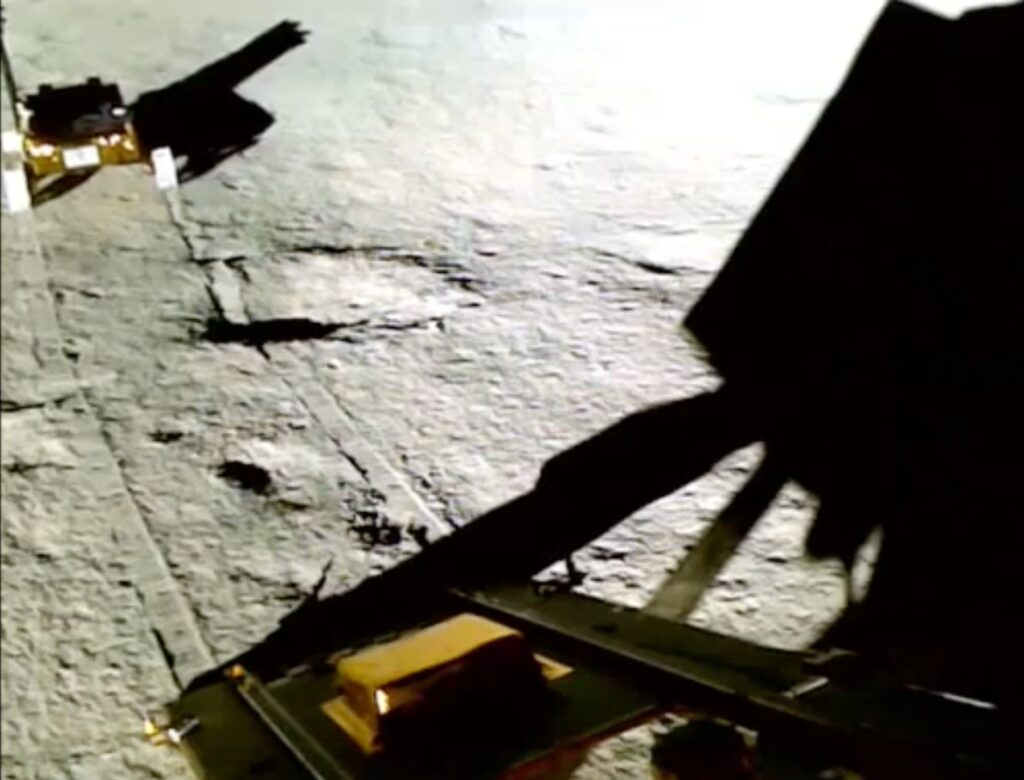
ISRO said that the Chandrayan-3 Rover is expected to conduct experiments over 14 days.
The lunar rover is primarily searching for signs of frozen water that could help future astronaut missions as a potential source of drinking water or to make rocket fuel.
But, according to ISRO chairman S Somnath, the rover will also study the Moon’s atmosphere and seismic activity.
Earlier this week, the rover’s route had to be reprogrammed when it came close to a large crater measuring four meters in diameter.
Chandrayaan-3 Mission:
— ISRO (@isro) August 28, 2023
On August 27, 2023, the Rover came across a 4-meter diameter crater positioned 3 meters ahead of its location.
The Rover was commanded to retrace the path.
It's now safely heading on a new path.#Chandrayaan_3#Ch3 pic.twitter.com/QfOmqDYvSF
It’s not like the rover would’ve fallen in the crater, though, as the craft moves at a slow speed.
Apparently, it moves at around 10 centimeters per second to minimize shock and damage to the vehicle from the Moon’s rough terrain.
India will want to tread carefully, though, after a failed attempt to land on the moon in 2019.
But, the latest successful mission means India has joined the US, Soviet Union and China as only the fourth country to achieve this milestone.
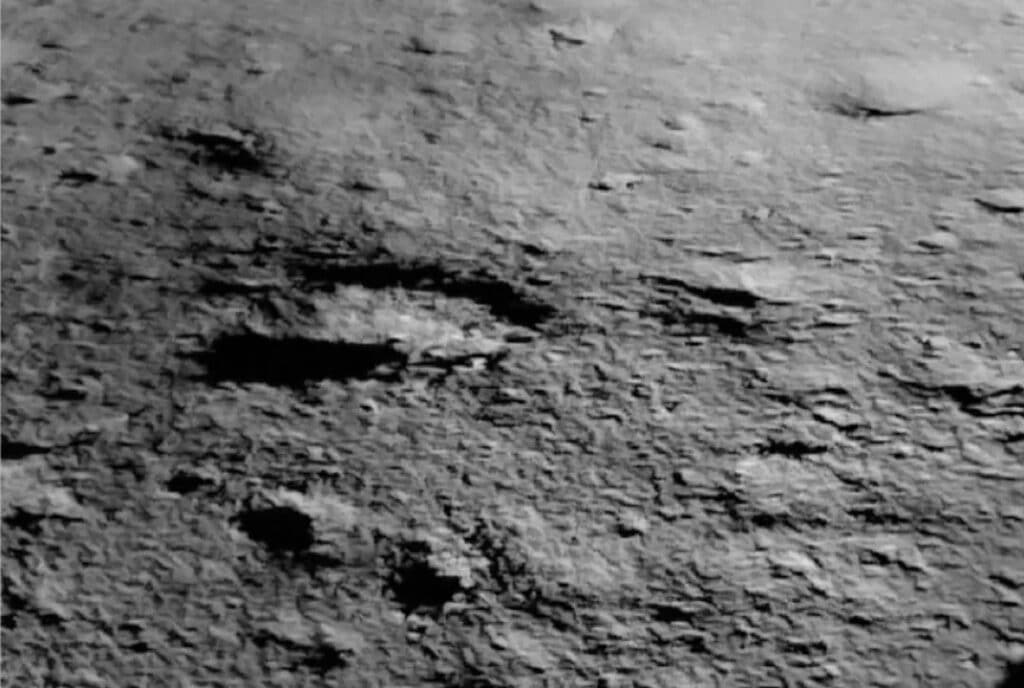
The mission started more than a month ago at an estimated cost of $75 million dollars.
India’s success came just days after Russia’s Luna-25, which was aiming for the same lunar region, spun into an uncontrolled orbit and crashed.
Had it landed, it would have been the first successful Russian lundar landing after a gap of 47 years.
